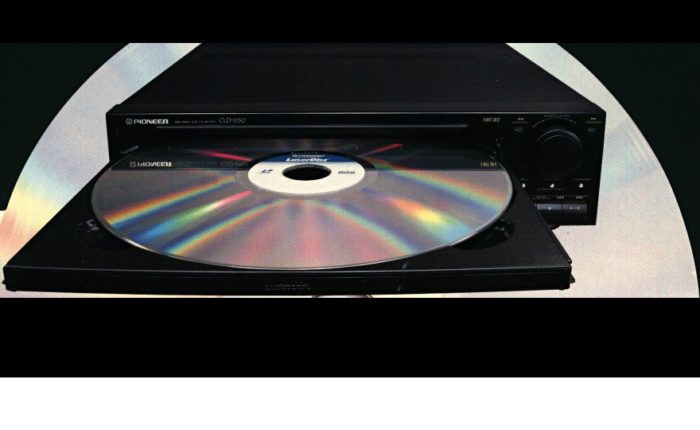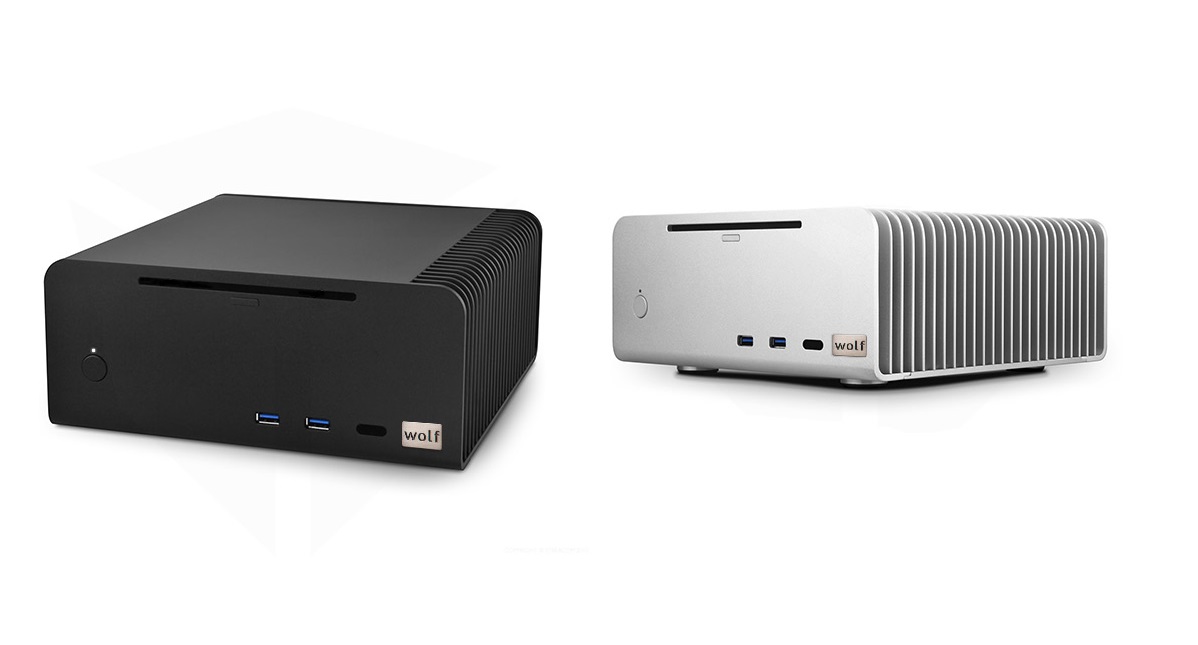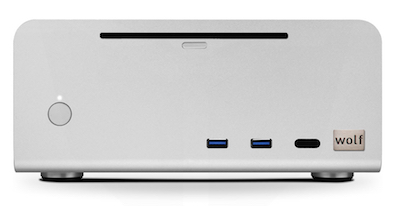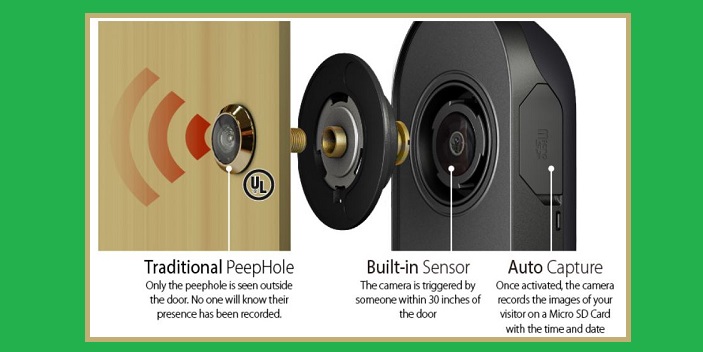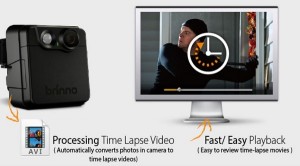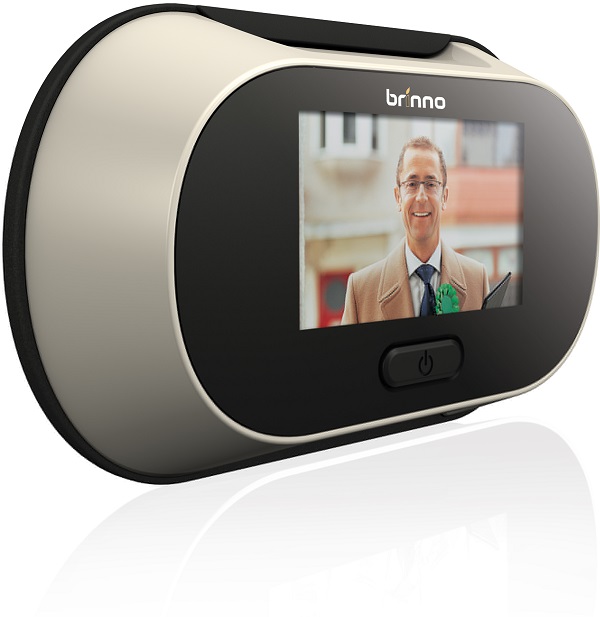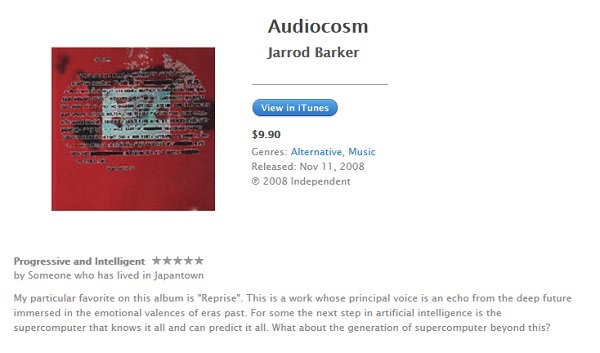In this, our new high tech world, a lot of people may think I’ve gone decidedly crazy.
I’ve always wanted the man cave ‘aka’ cinema room to have a nostalgic feel to it. I started collecting videos at the tender aged of 11. All my friends growing up called me videoboy lol because I was the go-to-guy to get films from on vhs videotape but one format that always intrigued me was laserdisc.
A Little History
LaserDisc (often abbreviated as LD) is a home video format and the first commercial optical disc storage medium, initially licensed, sold and marketed as MCA DiscoVision in North America in 1978. No one can say for sure if the disco craze at that time was responsible for its early name or if it was simply a play on the word ‘disc’. Whatever the reason, the early DiscoVisions have distinct cover designs which make them quite collectible and they have a certain unique retro-funk all of their own.
Although the format was capable of offering higher-quality video and audio than its consumer rivals- VHS and Betamax videotape, LaserDisc never managed to gain widespread use in North America, largely due to high costs for the players and video titles themselves and the inability to record TV programs. It was not a popular format in Europe and Australia when first released but was popular in the 1990s. By contrast, the format was strongly embraced in Japan and in the more affluent regions of Southeast Asia, such as Hong Kong, Singapore and Malaysia, and was the prevalent rental video medium in Hong Kong during the 1990s. Its superior video and audio quality made it a popular choice among videophiles and film enthusiasts during its lifespan. The technologies and concepts behind LaserDisc were the foundation for later optical disc formats including Compact Disc (CD), DVD and Blu-ray (BD).
A Little Boasting
LaserDisc had a number of advantages over VHS (and Beta) videotape. It featured a sharper picture with a horizontal resolution of 425 TVL lines for NTSC and 440 TVL lines for PAL discs, while VHS featured only 240 TVL lines in NTSC (VHS HQ offered 260). It could handle analog and digital audio where VHS was mostly analog only (VHS did have PCM audio in professional applications but was uncommon), and the NTSC discs could store multiple audio tracks. 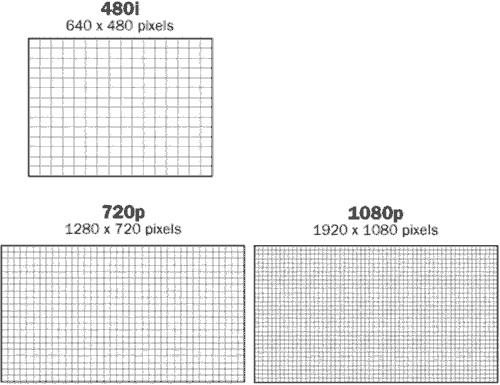 This allowed for extras such as director’s commentary tracks and other features to be added onto a film, creating “Special Edition” releases that would not have been possible with VHS. Disc access was random and chapter based, like the DVD format, meaning that one could jump to any point on a given disc very quickly. By comparison, VHS would require tedious rewinding and fast-forwarding to get to specific points.
This allowed for extras such as director’s commentary tracks and other features to be added onto a film, creating “Special Edition” releases that would not have been possible with VHS. Disc access was random and chapter based, like the DVD format, meaning that one could jump to any point on a given disc very quickly. By comparison, VHS would require tedious rewinding and fast-forwarding to get to specific points.
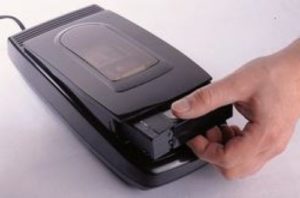
LaserDiscs were initially cheaper than videocassettes to manufacture, because they lacked the moving parts and plastic outer shell that are necessary for VHS tapes to work, and the duplication process was much simpler. A VHS cassette has at least 14 parts including the actual tape while LaserDisc has one part with five or six layers. A disc can be stamped out in a matter of seconds whereas duplicating videotape required a complex bulk tape duplication mechanism and was a time-consuming process. However, by the end of the 1980s, average disc-pressing prices were over $5 USD per two-sided disc, due to the large amount of plastic material and the costly glass-mastering process needed to make the metal stamper mechanisms. Due to the larger volume of demand, videocassettes quickly became much cheaper to duplicate, costing as little as $1 USD by the beginning of the 1990s.
LaserDiscs potentially had a much longer lifespan than videocassettes. Because the discs were read optically instead of magnetically, no physical contact needs to be made between the player and the disc, except for the player’s clamp that holds the disc at its center as it is spun and read. As a result, playback would not wear the information-bearing part of the discs, and properly manufactured LDs would theoretically last beyond one’s lifetime. By contrast, a VHS tape held all of its picture and sound information on the tape in a magnetic coating which is in contact with the spinning heads on the head drum, causing progressive wear with each use (though later in VHS’s lifespan, engineering improvements allowed tapes to be made and played back without contact). Also, the tape was thin and delicate, and it was easy for a player mechanism, especially on a low quality or malfunctioning model, to mishandle the tape and damage it by creasing it, frilling (stretching) its edges, or even breaking it.
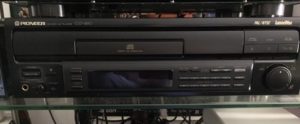
LaserDisc players also had several advantages of VHS and other format playback machines. Some models, such as my Pioneer CLD-1850 are able to playback both NTSC movies and PAL movies. Since I live in the UK- this means that I can buy Laserdiscs from America or Japan (or anywhere in the world that uses NTSC video) and they will play in my machine. Try doing that with VHS or DVD. 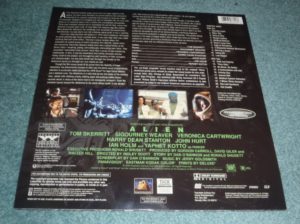 Another important innovation for Laserdisc was the fact that it was the very first home video format to offer Dolby Digital Surround Sound- often referred to as AC-3 on Laserdisc jackets and hardware. Many fans of Laserdisc are still enjoying this feature because some movies such as the Alien AC-3 LD were released with their original cinema surround mix on the AC-3 Laserdisc and those mixes are unavailable on today’s modern formats such as Blu-ray or UHD Blu-ray. Many early LD players can even be modified to turn them into AC-3 LD players.
Another important innovation for Laserdisc was the fact that it was the very first home video format to offer Dolby Digital Surround Sound- often referred to as AC-3 on Laserdisc jackets and hardware. Many fans of Laserdisc are still enjoying this feature because some movies such as the Alien AC-3 LD were released with their original cinema surround mix on the AC-3 Laserdisc and those mixes are unavailable on today’s modern formats such as Blu-ray or UHD Blu-ray. Many early LD players can even be modified to turn them into AC-3 LD players.
The Death And Re-birth Of Laserdisc
By the time of the advent of the DVD, LaserDisc had declined considerably in popularity, so the two formats never directly competed with each other. In fact, combination LD/DVD players were introduced into the marketplace and continue to be quite popular with collectors as these players tend to be flagship models with advanced features such as digital 3D comb filters and digital frame memory and effects. It’s too bad that I couldn’t afford the format at the time , and I really don’t know why I’ve decided to pull the trigger now as Jez would put it lol.

Prices on the used market are still quite high on these combi players but other machines are affordable and the LD’s themselves can usually be found at affordable prices with exceptions for the ultra rare and more obscure releases. I can’t say exactly
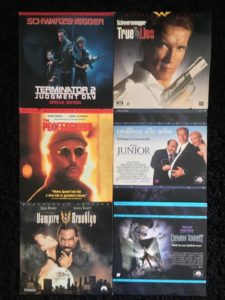
what has me so excited again about Laserdisc and why I’m back in the hunt but I really like the way the discs are packaged in big vinyl like slips, they look so cool. The artwork has totally sucked me in. I’ve started my journey, but I don’t know where it will end. And of course that journey has to begin with Schwarzenegger LD’S. “Get to da choppa! Hurry!” ![]()
For the Silo, Anneal Butt- member of Laserdiscs & Hardware Enthusiasts on Facebook.
Featured image via highdefdigest.com
